
Review on 📦 iUniker Raspberry Pi 3 B+ Case with Cooling Fan and Heatsink - Simple Removable Top Cover, Black for 3B+/3B by Bryan Fields

Nice fan-cooled Raspberry Pi 3B+ case option. but it could have been better.
This fan-cooled ABS case is a good option for my Raspberry Pi 3B+ that was built and configured to run an entire Pi-Hole network. The Pi 3B+ board fits perfectly into the bottom half of the case, and the included board mounting screws securely fasten the Pi board to the case. Be sure to use the two aluminum finned heatsinks included in the kit, as other finned heatsinks are likely to be too large and not protrude from the fan case when adding a case cover with the fan installed. Likewise. The included heatsinks have a sticky adhesive on the back. I added thermal paste to all three heatsinks in my setup. Attaching the fan housing to the housing cover is a complex process. Make sure the orientation of the fan case is correct according to the supplied assembly instructions as the two fan power cables will not reach the GIPO pins properly if the fan is not oriented correctly when mounted on the case cover. The fan case mounting screws will break in the case cover if excessive torque is applied to the screws. It is highly recommended to tighten the fan mounting screws very lightly. When the fan is set to 5V DC, it is too loud - even louder than the fan on the neighboring Netgear R8500 router! I reconfigured the fan to 3V DC and the fan noise is significantly reduced. Still, the CPU temperature increased from 35.6°C at 5V DC fan power setting to 39.7°C at 3V DC fan power setting. I assume that a 4C increase in CPU operating temperature is acceptable in exchange for a reduction in fan noise. Before the fan-cooled chassis was installed, the processor's operating temperature with passive heatsinks installed was 55.6°C. I chose this fan-cooled case primarily because of the better CPU cooling. The resulting 16-degree drop in CPU operating temperature is acceptable given the relatively low cost of this case. All openings in the housing enable the necessary cable connections to be securely fastened. I installed a headless pi-hole, so my configuration only required 12V DC and an ethernet connection. My only real issue with this case is that there are no holes in the case for you to see the Pi's status LEDs after the Pi is installed in the case. I can drill a hole in the case with a dremel to expose the status LEDs. This oversight appears to be a simple mod in the design of the case. I wonder why the manufacturer didn't do this? bottom line. I definitely recommend this case for using Raspberry Pi. This oversight appears to be a simple mod in the design of the case. I wonder why the manufacturer didn't do this? bottom line. I definitely recommend this case for using Raspberry Pi. This oversight appears to be a simple mod in the design of the case. I wonder why the manufacturer didn't do this? bottom line. I definitely recommend this case for using Raspberry Pi.
- Electronics
- Long Lead Time
New products
Comments (0)
Top products in 🖥️. Single Board Computers
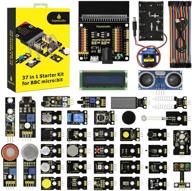
🎁 Ultimate BBC Micro bit Sensor Starter Kit: Keyestudio 37-in-1 Box with Tutorial, Compatible with V1.5 & V2, Gift for Kids and Adults (Microbit Board Not Included)

11 Review

55" TV LG OLED55C2RLA 2022 HDR, OLED, dark titanium

38 Review
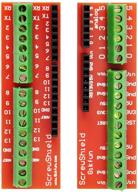
Gikfun Screw Shield Expansion Board: Enhance Arduino UNO R3 with the EK7007 Add-On

11 Review

Vilros Raspberry Pi 4 4GB Complete Starter Kit - Black Fan-Cooled Aluminum Case for Heavy-Duty Performance

12 Review
Another interesting products
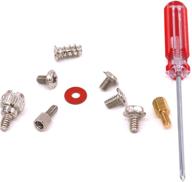
Glarks 660 Pieces Phillips Assortment Motherboard

10 Review
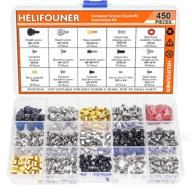
🖥️ Helifouner 450-Piece Computer Standoffs Spacer Screws Kit: Ideal for Hard Drive, Motherboard, Fan, Power Graphics & Computer Cases

10 Review

Comprehensive 500pcs Laptop Screw Kit Set for 🔩 IBM HP Dell Lenovo Samsung Sony Toshiba Gateway Acer

12 Review
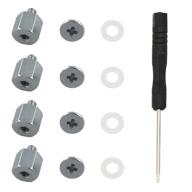
M.2 Screw Kit: Easy Mounting for NVMe SSDs on ASUS Motherboards

19 Review

